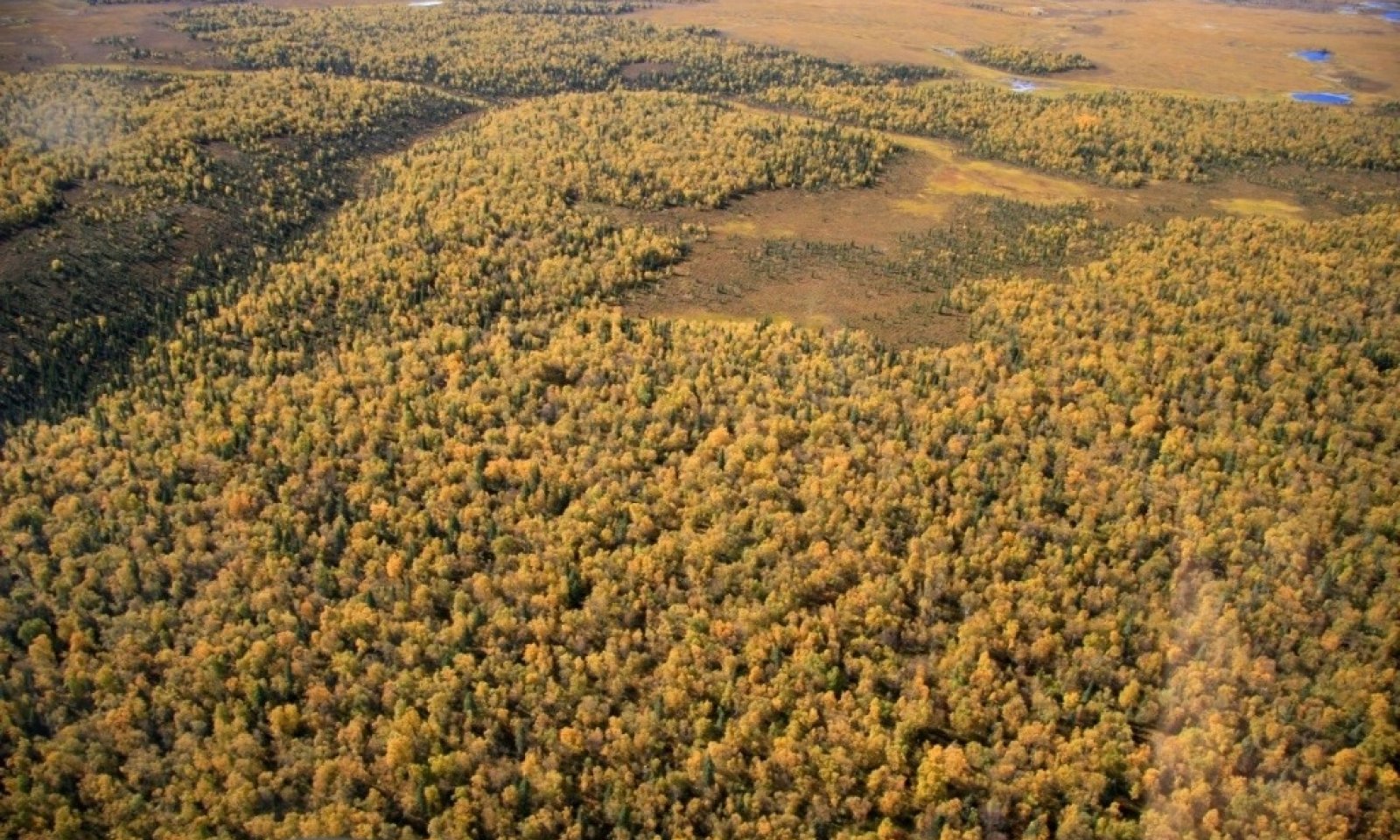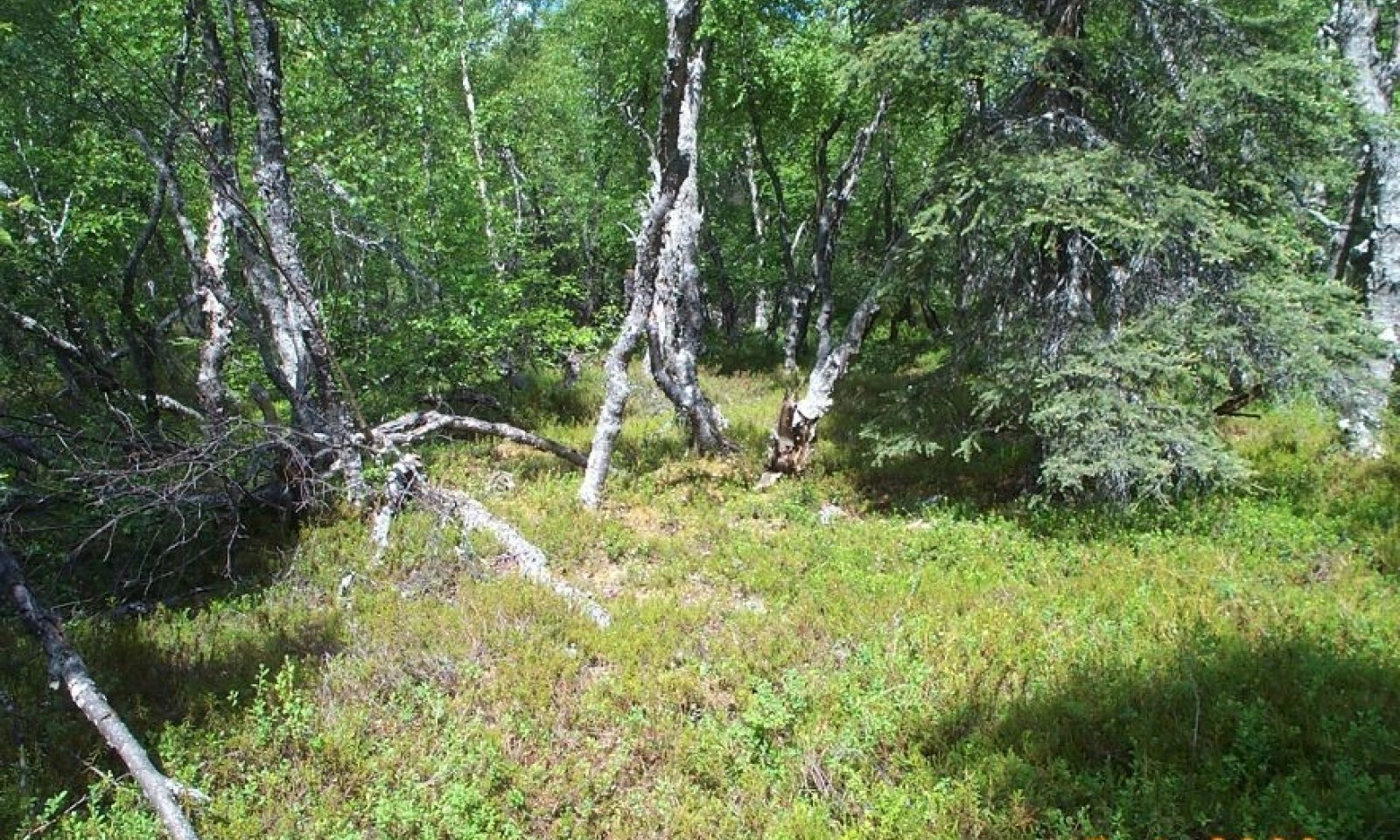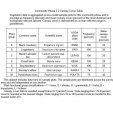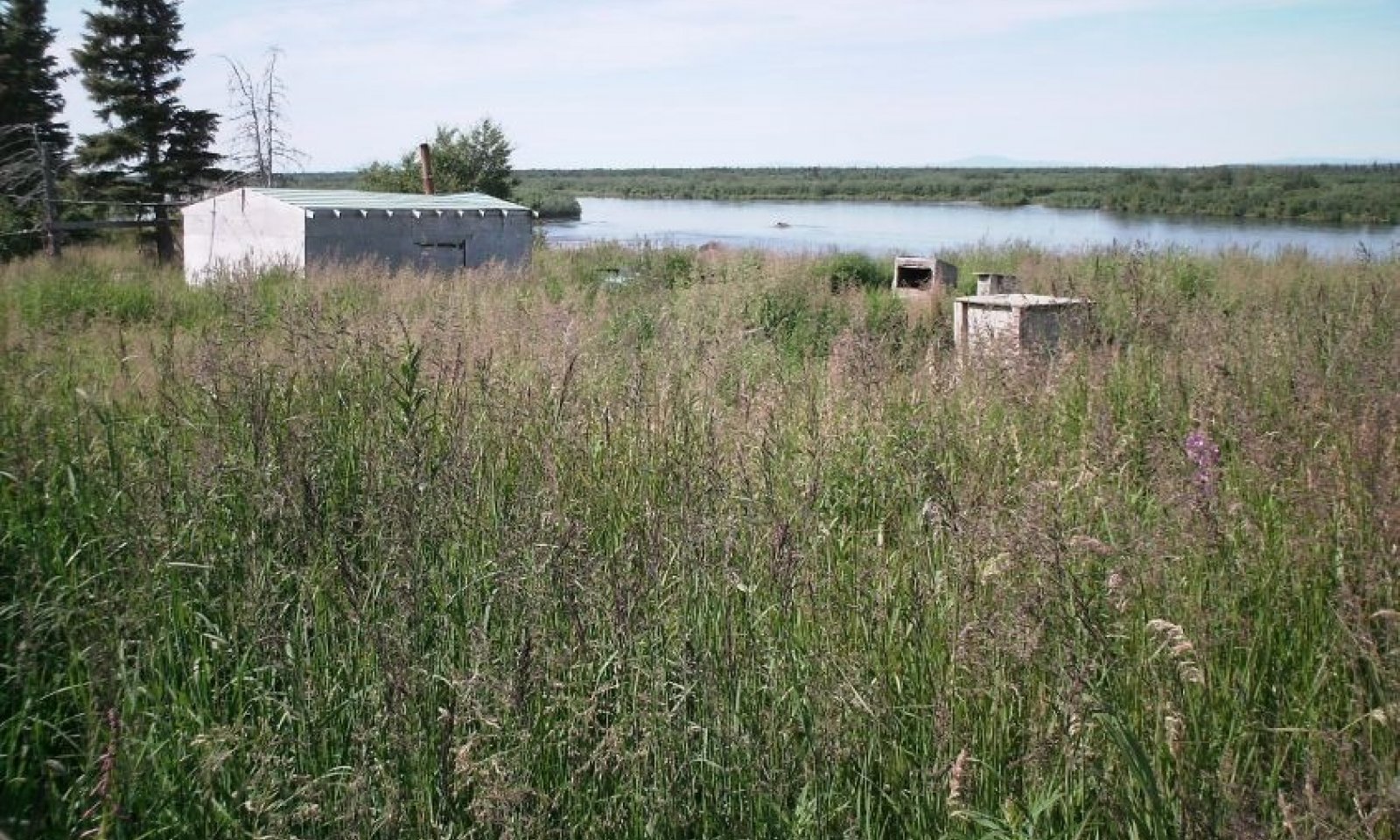
Boreal Woodland Loamy Rises
Scenario model
Current ecosystem state
Select a state
Management practices/drivers
Select a transition or restoration pathway
-
Transition T1A
Tree thinning/harvesting.
More details -
Transition T1B
Cultural/agonomic change.
More details - Restoration pathway R2A More details
-
Restoration pathway R3A
Active replanting.
More details -
No transition or restoration pathway between the selected states has been described
Target ecosystem state
Select a state
Description
The reference state supports three community phases, which are distinguished by the developed structure and dominance of the vegetation and by their ecological function and stability. The reference community phase is an open mixed forest (Viereck et al., 1992). The presence of each community is dictated temporally by a fire disturbance regime.
This report provides baseline inventory data on the vegetation. Future data collection is needed to provide further information about existing plant communities and the disturbance regimes that result in transitions from one community to another. Common and scientific names are from the USDA PLANTS database. Community phases are characterized by the Alaska Vegetation Classification System (Viereck et al., 1992).
Submodel
State 2
Tree Thinning/Harvesting State





Description
This alternate state results from the thinning or harvesting of trees. This disturbance commonly occurs in or around villages and camps and generally includes collection of woody material for use in construction and as firewood. Removal of trees commonly opens the overstory and reduces competition for light in the understory. This may alter the abundance of species, but the richness of the community typically remains.
Field observations suggest that these areas commonly are reharvested; thus, the alternate state is maintained perpetually. No documentation exists for a transition of this alternate state back to the reference state; however, it is hypothesized that the cessation of thinning and harvesting may allow the community to return to the reference state eventually.
Submodel
State 3
Cultural/Agronomic State



Description
This alternate state results from the anthropogenic clearing of all trees and shrubs from a prescribed area. This commonly involves disturbances, including compaction or removal of the soil. This state commonly is within the boundaries of villages, and it may include areas cleared for lawns or agricultural uses.
Clearing of the vegetation in any of the reference state community phases will result in a transition to community phase 3.1. Areas of this alternate state commonly are mowed to prevent colonization of shrubs and keep graminoids and forbs below a maximum height. Taller shrubs and trees may colonize if these areas are abandoned, but this has not been observed in situ.
Submodel
Mechanism
Anthropogenic thinning and harvesting of trees near and in villages and towns results in this transition. The threshold between the plant community remaining in the reference phase and transitioning to the alternate state depends solely on the extent of thinning and harvesting of trees.
Mechanism
Clearing of all vegetation from the reference state will result in community phase 3.1. Bulldozed soils are compacted or removed during removal of the naturally occurring vegetation. This anthropogenic disturbance is drastic. No threshold allows the plant community to remain in the reference state.
Mechanism
No apparent active restoration activity will transition alternate state 2 to the reference state. Although situ data are not available, it is hypothesized that state 2 will passively return to the reference state if thinning and harvesting activities are ceased. The period required depends on various anthropogenic and natural factors, including the extent of the original thinning or harvesting, cessation of anthropogenic disturbance, and lack of a natural fire disturbance.
Mechanism
The cultural/agronomic alternate state may be restored to the reference state by ceasing mowing and planting trees and understory species. A passive transition of this alternate state to the reference state has not been observed in situ. If anthropogenic activity is ceased, the state to which these mowed areas may transition naturally is unknown. Thus, it is impossible to hypothesize whether the state can or will transition to the reference state naturally.
Model keys
Briefcase
Add ecological sites and Major Land Resource Areas to your briefcase by clicking on the briefcase (![]() ) icon wherever it occurs. Drag and drop items to reorder. Cookies are used to store briefcase items between browsing sessions. Because of this, the number of items that can be added to your briefcase is limited, and briefcase items added on one device and browser cannot be accessed from another device or browser. Users who do not wish to place cookies on their devices should not use the briefcase tool. Briefcase cookies serve no other purpose than described here and are deleted whenever browsing history is cleared.
) icon wherever it occurs. Drag and drop items to reorder. Cookies are used to store briefcase items between browsing sessions. Because of this, the number of items that can be added to your briefcase is limited, and briefcase items added on one device and browser cannot be accessed from another device or browser. Users who do not wish to place cookies on their devices should not use the briefcase tool. Briefcase cookies serve no other purpose than described here and are deleted whenever browsing history is cleared.
Ecological sites
Major Land Resource Areas
The Ecosystem Dynamics Interpretive Tool is an information system framework developed by the USDA-ARS Jornada Experimental Range, USDA Natural Resources Conservation Service, and New Mexico State University.


